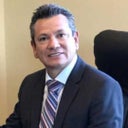I use a particular technique, called the "composite rhytidectomy" for face-lifting. "Rhytidectomy" is the clinical term for facelift. "Composite" refers to a specific technique which will now be discussed. The evolution of the technique began in the mid-1980's and is now a well defined operation with predictable results.









